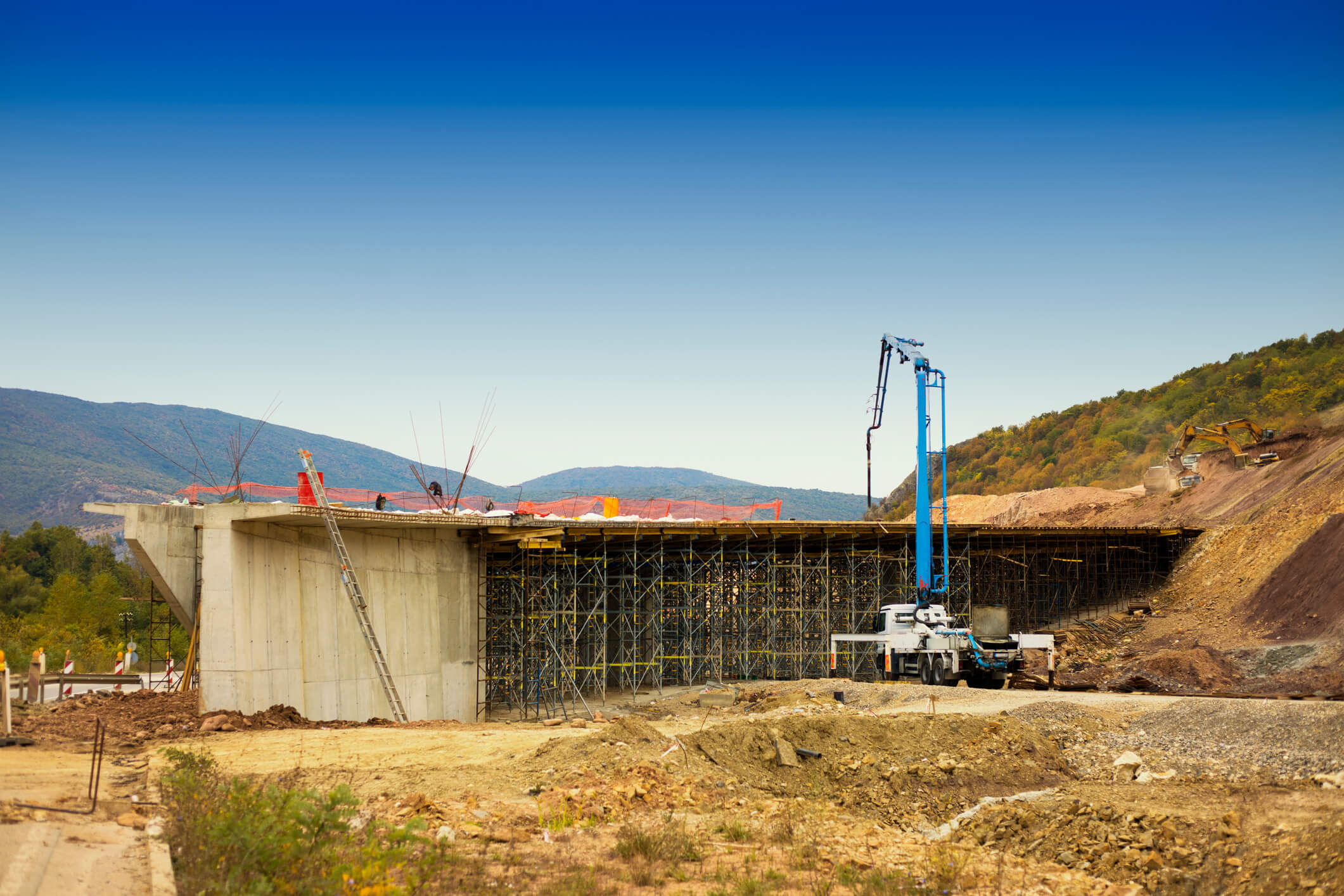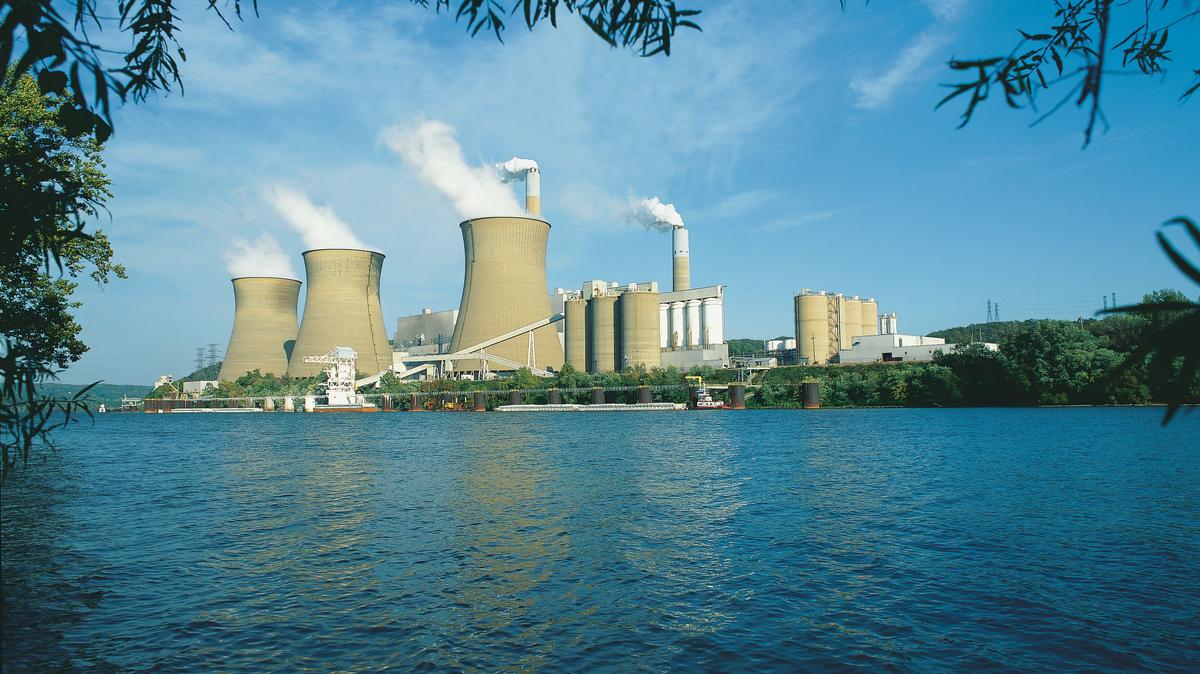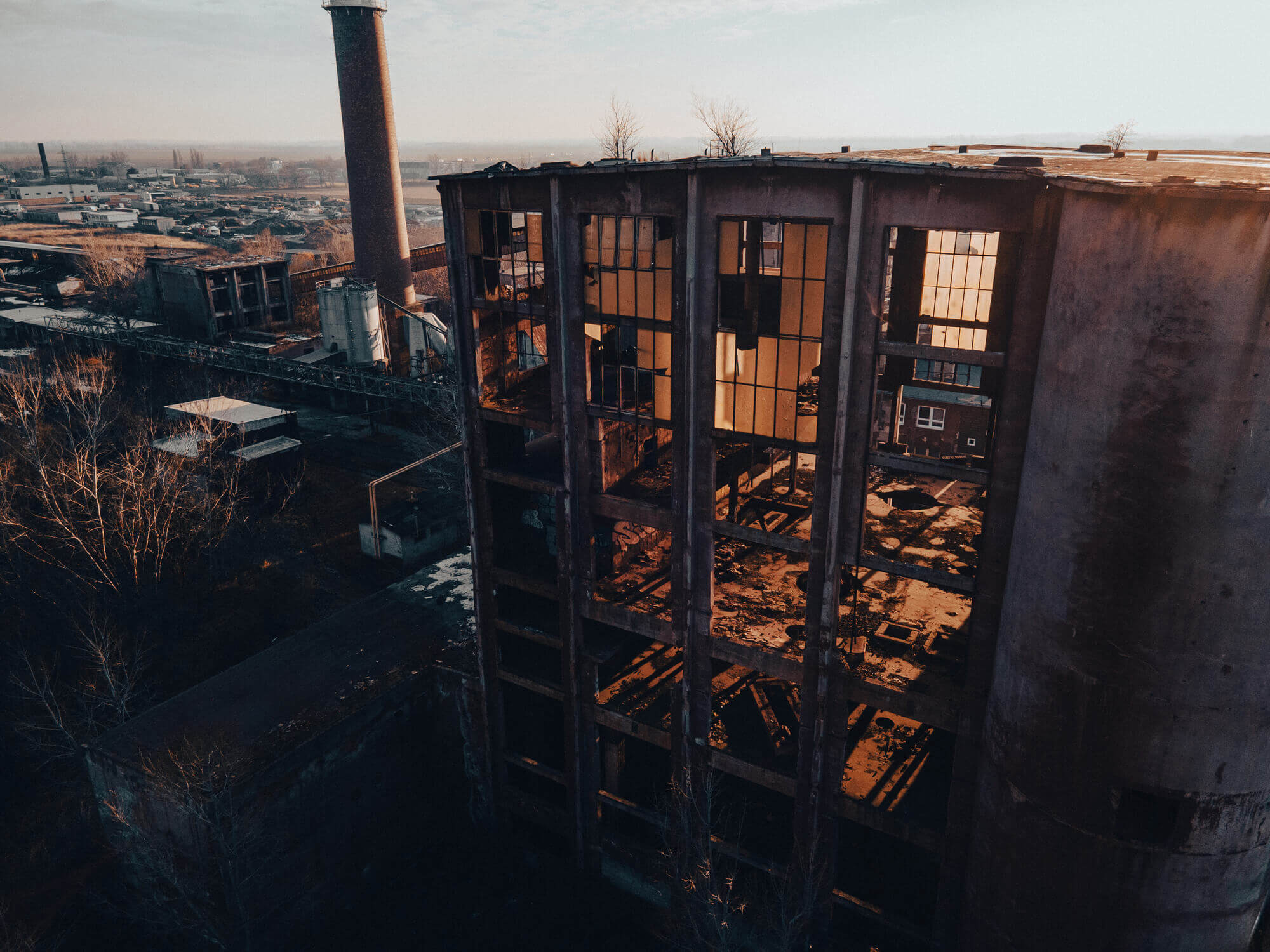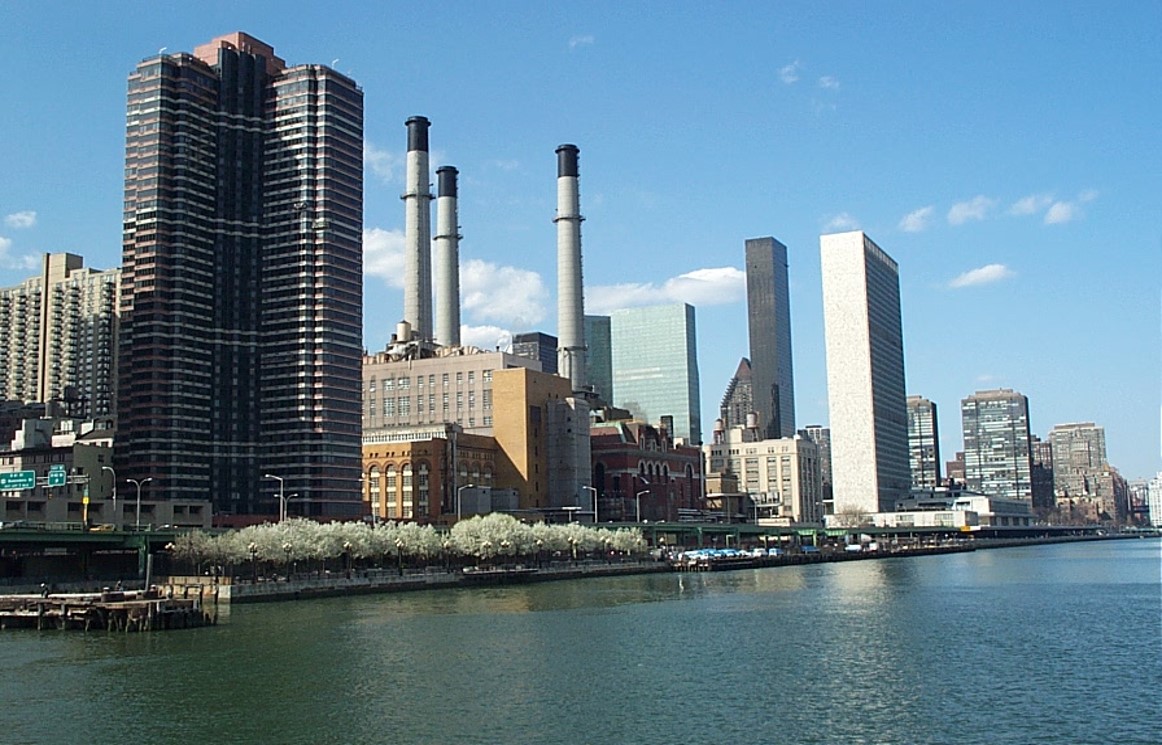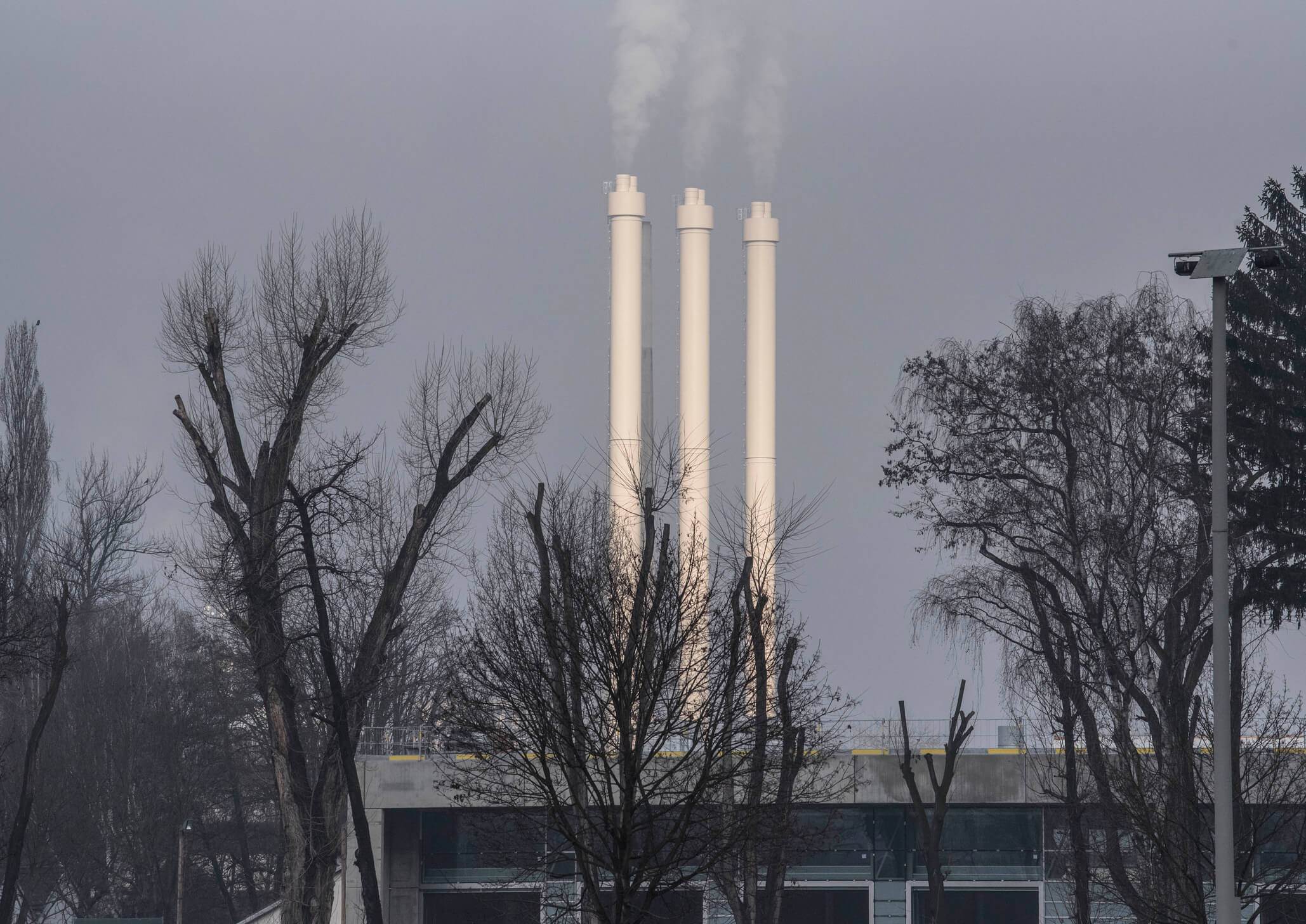United States
TRC and Manafort Brothers Inc reduces mercury vapor at the Schiller Station facility
Challenge
The Schiller Station facility in Portsmouth New Hampshire consisted of three operating units rated at 50 MW each. Two units had dual fuel capabilities of firing pulverized coal and #6 HFO, and the other was a biomass fired unit. There were two other units at the station that operated with mercury liquid and vapor serving as the working fluid in the topping cycle, and the bottoming cycle working fluid was water. These units were built in 1950 and were retired in 1968. At the time of the decommissioning the mercury was removed, however residual amounts remained in the boiler, turbine, condenser/boilers, tanks and ancillary equipment and associated piping.
- Project Location: Schiller Station, Portsmouth, NH
- Completion Date: 2018
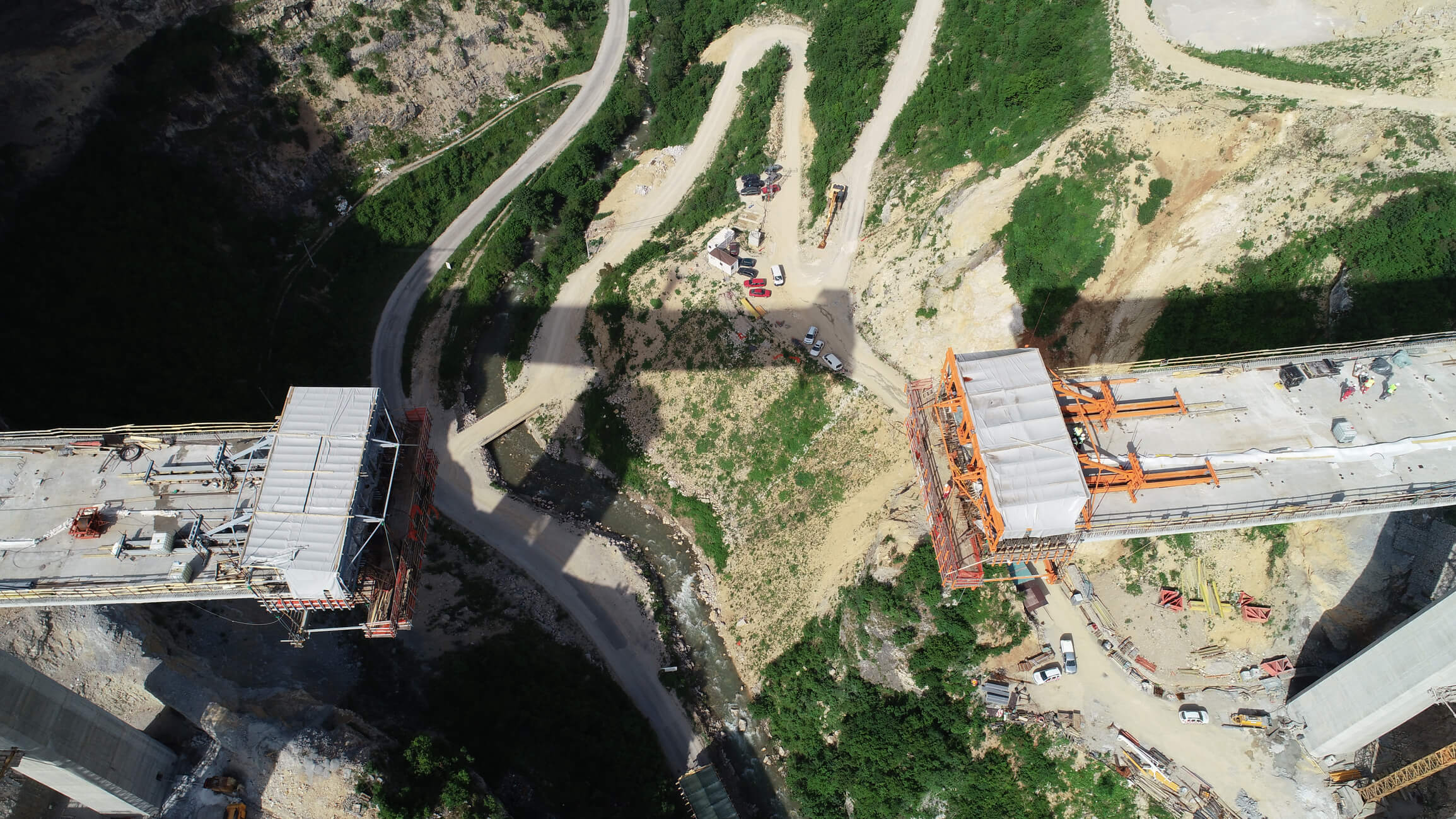
Solution
TRC worked closely with Manafort Brothers Inc. (MBI) during decommissioning of the units to devise creative real time monitoring for mercury vapor inside the containments to protect worker safety. TRC and MBI worked together to evaluate engineering controls to further reduce mercury vapor inside containments and the overall mercury emissions from the project. Compliance with regulations for mercury vapor resulted in a significant impact on workday production. To address the impact on daily production and schedule, TRC developed an alternative means for demonstrating compliance. This approach involved utilizing an existing unused boiler stack to increase dispersion and reduce the mercury vapor impact at the ground level. Our team performed air modeling of the mercury emissions at varying air flowrates to allow flexibility as exhaust rates and containments changed.
Results
- Recommended solution was an in-stack continuous air monitoring system which was designed, installed, operated and maintained by TRC.
- Application for this alternative approach was prepared by TRC and submitted to the New Hampshire Department of Environmental Services (NHDES).
- The NHDES approved the regulatory application for the innovative monitoring system, and once installed and tested, the project moved forward through completion without any further mercury emission violations.
Related Projects
Discover the success we’ve had with helping our clients execute major projects and make a meaningful impact on their local communities.

